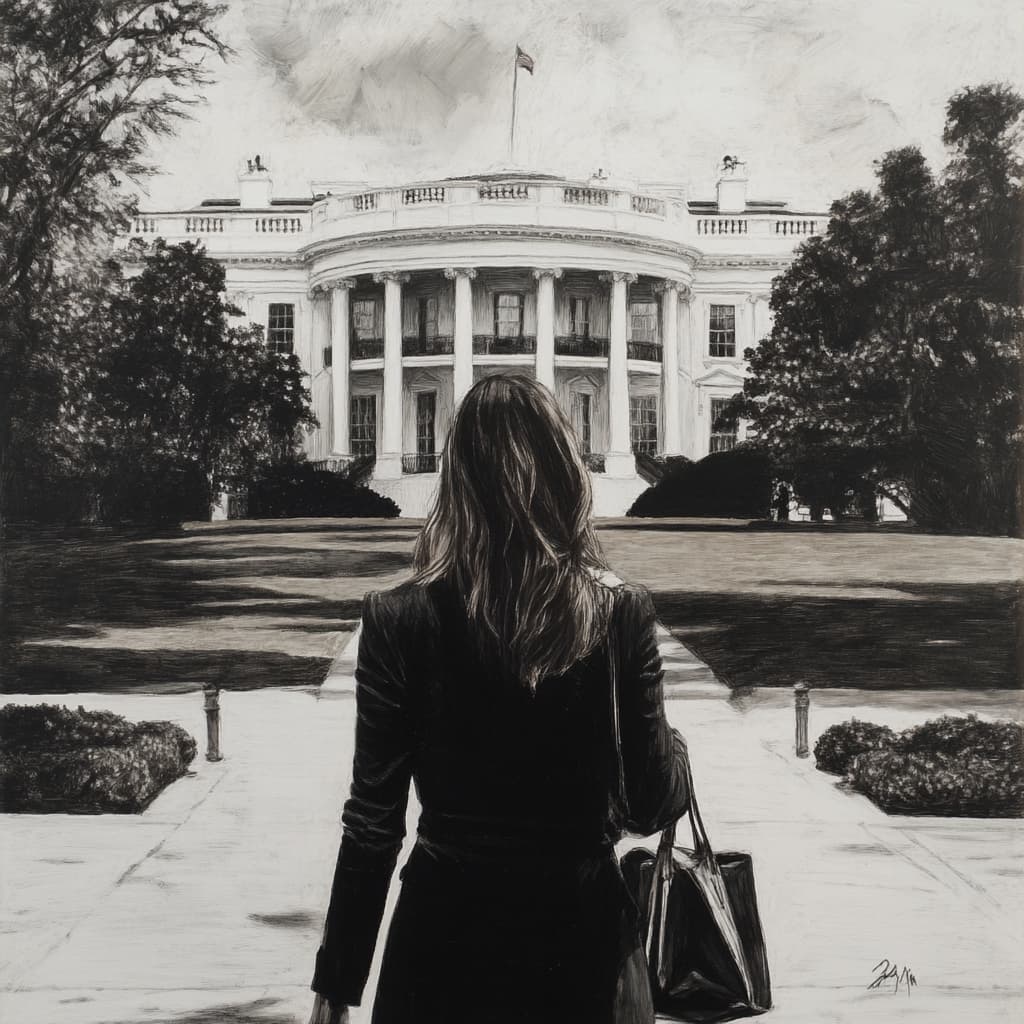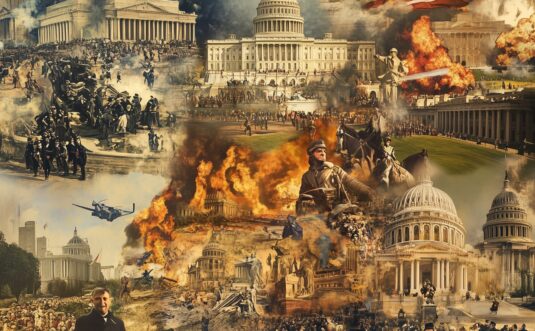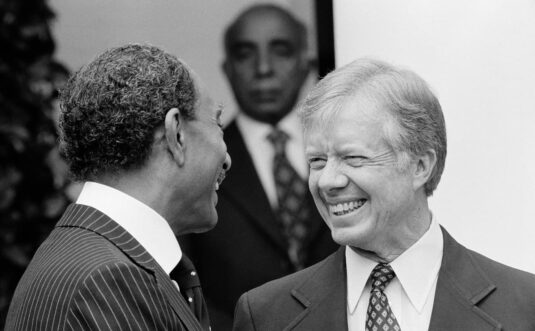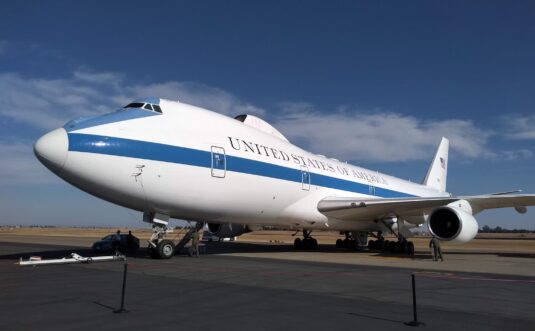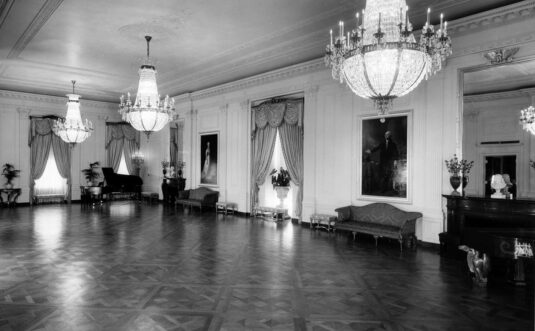When we think of the presidency of the United States, we often picture the Commander-in-Chief delivering speeches, signing legislation, and making historic decisions. But behind nearly every president stands a figure whose influence has shaped not only the public image of the administration but, at times, the very course of American politics—the First Lady.
From ceremonial roles to quiet diplomacy and public advocacy, First Ladies have long played a unique and evolving role in the fabric of American leadership. Though unelected and unofficial in the constitutional sense, their contributions have been significant, shaping policy, culture, and the persona of the presidency itself.
A Role Defined by Tradition—and Reinvention
The role of the First Lady has no legal definition. There is no job description, salary, or formal power granted by the Constitution. Yet, from Martha Washington to Jill Biden, First Ladies have made their mark in distinct and often transformative ways. Each woman has interpreted the role differently, balancing personal values, public expectations, and political realities.
In earlier centuries, First Ladies were primarily expected to be gracious hostesses, manage the White House, and support their husbands privately. However, the 20th and 21st centuries saw an evolution—from figureheads to influencers.
Eleanor Roosevelt was perhaps the first to fully revolutionize the role. She held press conferences, wrote newspaper columns, and became a vocal advocate for civil rights and social justice during her husband Franklin D. Roosevelt’s presidency. Her activism set a new precedent—one where the First Lady could wield soft power and reach the public in ways the president could not.
Policy Advocacy and Public Campaigns
Many First Ladies have chosen to champion specific causes during their time in the White House, effectively using their national platform to bring attention to issues often overlooked. While they may not write laws or sign bills, their advocacy has had real policy implications.
Lady Bird Johnson, for example, spearheaded environmental beautification projects across the country. Her efforts contributed to legislation aimed at preserving natural landscapes and curbing highway billboard clutter. Rosalynn Carter was a vocal mental health advocate and even served as an active participant in policy discussions on healthcare and welfare reform.
Nancy Reagan launched the “Just Say No” anti-drug campaign, which became a nationwide movement and aligned with broader governmental efforts during the War on Drugs. Hillary Clinton, arguably the most politically involved First Lady in recent history, led the charge for healthcare reform in the early 1990s and was later elected as a U.S. senator and Secretary of State.
More recently, Michelle Obama’s “Let’s Move” initiative addressed childhood obesity, food quality in schools, and the importance of physical activity. Jill Biden, a community college professor, has continued teaching while promoting education reform and support for military families.
Through these initiatives, First Ladies have carved a niche as advocates, educators, and change-makers, often steering national attention toward social issues that may not dominate the headlines.
Shaping the Presidential Image
Beyond policy, the First Lady plays an integral role in shaping the image of the president. The way a First Lady conducts herself, the causes she supports, and even her fashion choices can reflect—or challenge—the public’s perception of her spouse.
In times of crisis, First Ladies often serve as stabilizing, empathetic figures. After 9/11, Laura Bush’s calm and compassionate tone offered comfort to a grieving nation. Jacqueline Kennedy’s poise following the assassination of her husband became an enduring symbol of grace under unimaginable pressure.
Michelle Obama brought a sense of modernity, openness, and relatability to the White House. Her popularity, charisma, and connection with younger audiences contributed to the Obama administration’s appeal. Similarly, Melania Trump, though more reserved in public appearances, became a symbol of elegance and traditional fashion on the international stage—traits that aligned with the Trump administration’s emphasis on strength and image.
Jill Biden’s decision to continue teaching full-time while serving as First Lady reflects a more grounded, working-woman image that complements President Biden’s focus on education and middle-class values.
These women help humanize the presidency. They provide glimpses into family life, personal values, and shared traditions, softening or reinforcing the president’s image in the eyes of voters.
Cultural Ambassadors and Global Voices
First Ladies also play an important role on the world stage. Often accompanying the president on diplomatic visits, they engage in cultural exchange, attend ceremonies, and meet with foreign leaders and their spouses. Their presence may not always make headlines, but their influence as cultural ambassadors should not be underestimated.
When Michelle Obama met with young girls in Africa to promote education, or when Laura Bush championed women’s rights in the Middle East, they were doing more than fulfilling ceremonial duties. They were sending powerful messages about American values and soft diplomacy.
In many countries where the U.S. president may be viewed with skepticism, the First Lady is often received more warmly. This creates opportunities for informal diplomacy and relationship-building that can complement formal policy efforts.
Challenges and Criticism
Of course, with visibility comes scrutiny. First Ladies are often caught in a difficult balancing act—expected to be politically aware but not overtly partisan, fashionable but modest, modern yet traditionally feminine. Every step they take is analyzed by the media and public.
Hillary Clinton’s active role in policymaking drew both admiration and backlash, with critics accusing her of overstepping. Michelle Obama’s emphasis on healthy eating faced political resistance from certain food industry lobbyists. Even fashion choices have sparked debate, as seen with Melania Trump’s controversial “I really don’t care, do u?” jacket.
Despite these challenges, First Ladies continue to walk a fine line between tradition and transformation—reinventing the role with each administration.
Conclusion: A Legacy Beyond the White House
The influence of First Ladies extends far beyond White House tours and holiday decorations. Through advocacy, diplomacy, and public engagement, they shape the national discourse, elevate underrepresented issues, and support the president in tangible and symbolic ways.
Their legacies are not always enshrined in history books or policy papers, but they live on in cultural memory, charitable programs, and the countless lives touched by their initiatives. As the expectations of leadership evolve, so too does the role of the First Lady—reflecting not only the times, but also the aspirations and values of the American people.
In a world where politics is often dominated by power and performance, First Ladies remind us that influence can also come through empathy, resilience, and the quiet strength of service.
